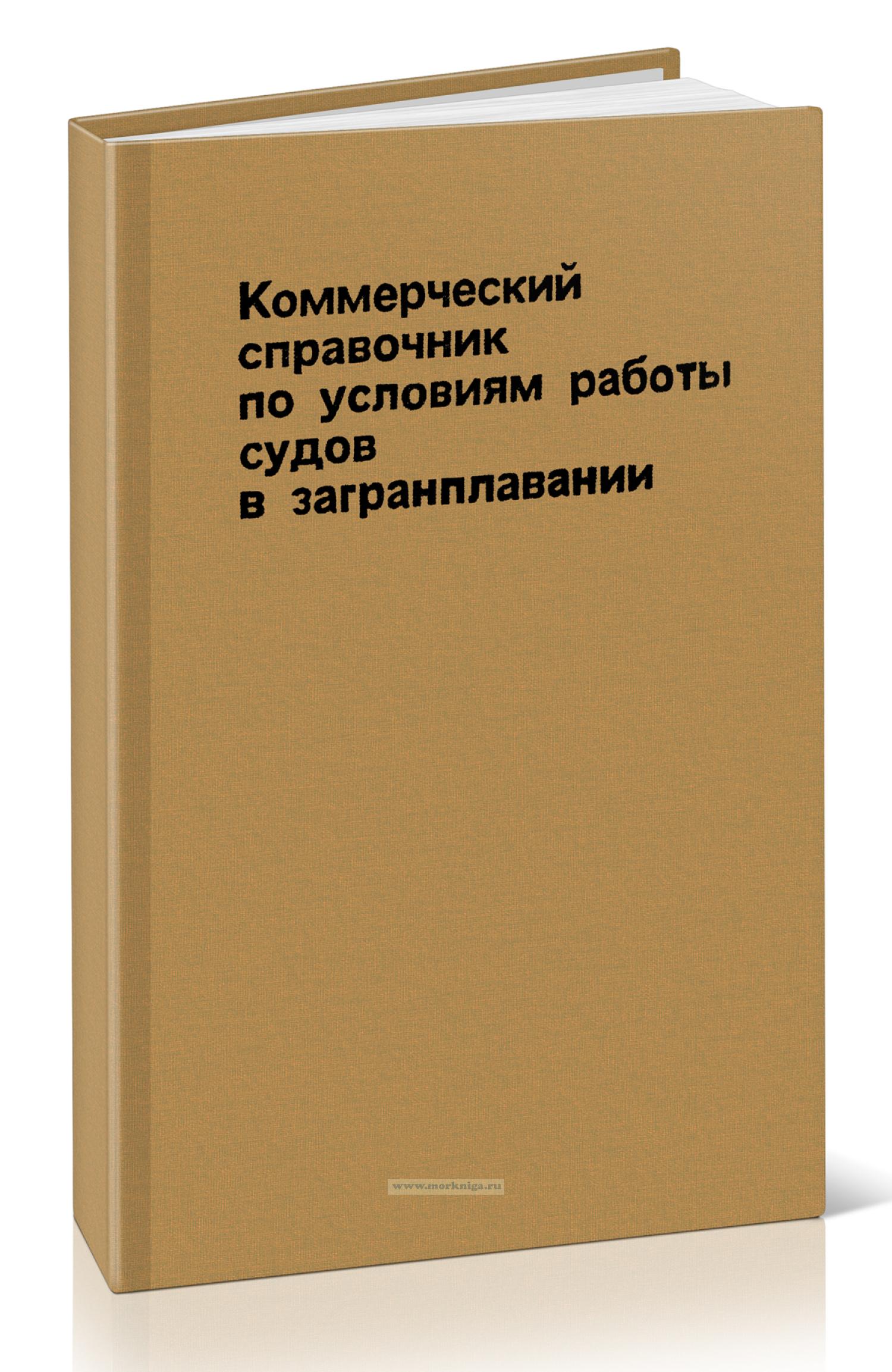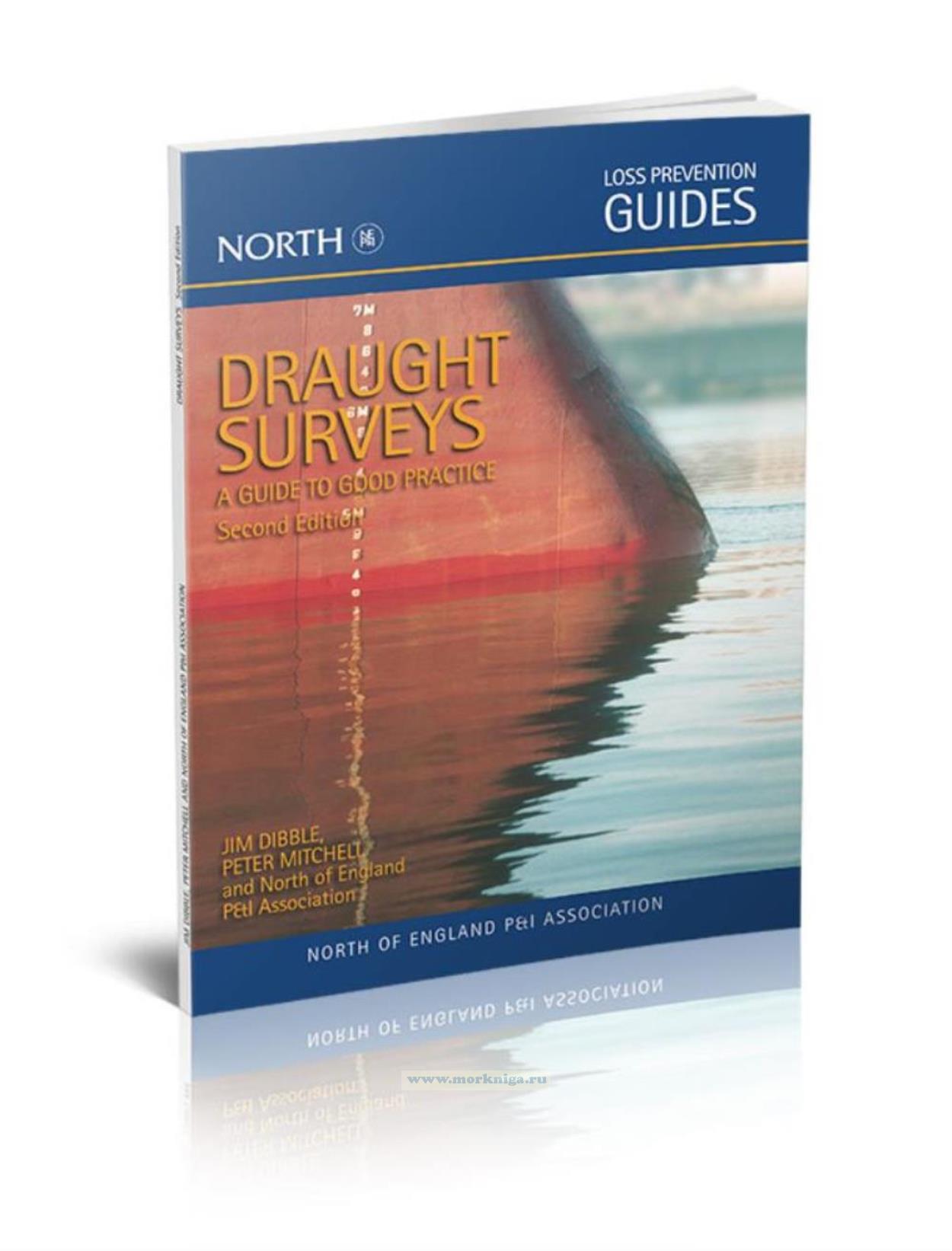Сб с 10 до 16
Gard Guidance to Masters/Руководство по охране труда для мастеров
Издание на английском языке.
It is with considerable pride that Gard is publishing for the first time in its own right this Gard Guidance to Masters. Although guidance has been given in the Gard List of Correspondents over many years, there has never been such a comprehensive Gard publication giving detailed guidance to masters as this one. Gard strives to be at the forefront in providing assistance to Members and others in connection with P&I incidents and it is my hope and expectation that masters and others around the world will find this publication beneficial.
It gives me great pleasure to sincerely thank all those who have worked on and contributed to this work. In particular, I wish to extend my warm thanks and gratitude to Captain Ronald Wohrn. Captain Wohrn has been known to Gard for over 20 years. His experience as a master mariner, lawyer, and P&I correspondent makes him the ideal candidate to write the Gard Guidance to Masters, which is borne out by the excellent work he has done. Although he has worked closely with the Gard editorial team and relied on the expertise of others from Gard, he alone undertook the mammoth task of writing the guidance. He is to be congratulated on the achievement of his goal to provide masters, and others, with concise, sound advice in an easily accessible form and simple language.
It is our ambition that this Gard Guidance to Masters will assist the Master, in both loss prevention and loss control, when incidents occur which may give rise to liabilities for the shipowner. In the best interest of mutuality we hope that this easy reference and practical book will be put to good use.
Contents
Foreword
Acknowledgement
Preface
Part 1 General
1.1. Purpose of the Gard Guidance to Masters
1.2. Structure of the Gard Guidance to Masters
1.3. Scope of cover - Gard Statutes and Rules - Certificate of Entry
1.4. Contacting the Association or the correspondent
1.5. Gard publications
1.6. Gard website
Part 2 Loss prevention
2.1. General
2.1.1. Seaworthiness and Safety
2.1.2. Instructions from the Company
2.1.3. Instructions from charterers
2.2. Certification and documentation
2.3. Crew manning, competency and fitness
2.3.1. Crew manning
2.3.2. Crew competency
2.3.3. Crew fitness
2.4. Familiarisation with the ship
2.5. Management and communication
2.5.1. Teamwork - communication
2.5.2. Routine is dangerous
2.5.3. Discipline is essential
2.5.4. Orders
2.5.5. Routine procedures and reporting
2.5.6. Crew information
2.6. Health
2.6.1. Living quarters
2.6.2. Ship’s hospital and medicines
2.6.3. Medical care
2.6.4. Drugs and alcohol
2.7. Training and drills
2.8. Safety
2.8.1. General
2.8.2. Safety signs - muster lists - safety plans
2.8.3. Safe working environment
2.8.4. Safe working equipment
2.8.5. Safe working practices
2.8.6. Safe passenger environment
2.8.7. Safe environment for persons other than crew or passengers
2.9. Security
2.9.1. General access to the ship
2.9.2. Refugees
2.9.3. Stowaways
2.9.4. Violent attacks and piracy
2.9.5. Drug smuggling
2.10. Inspection, maintenance and repair
2.10.1. General
2.10.2. Ship’s seaworthiness
2.10.3. Lifesaving equipment and firefighting appliances
2.10.4. Safety and environmental protection equipment
2.10.5. Navigational aids and equipment
2.10.6. Ship’s openings
2.10.7. Cargo holds and tanks, bulkheads and platings, structure and fittings
2.10.8. Cargo gear and lashings
2.11. Cargo ships and cargo operations
2.11.1. Cargo - general advice
2.11.2. Signing bills of lading - letters of indemnity
2.11.3. Cargo precautions
2.11.4. The ship and cargo holds
2.11.5. Heavy lift cargoes
2.11.6. Containers
2.11.7. Dry bulk cargo
2.11.8. Reefer cargo and reefer containers
2.11.9. Ro-ro cargo
2.11.10. Tankers - gas carriers - chemical bulk carriers
2.12. Voyage Planning and performance
2.12.1. Sufficient supplies - bunkers and stores
2.12.2. Passage planning - departure and arrival
2.12.3. Navigation in confined waters – Bridge Resource Management
2.12.4. Pilot assistance
2.12.5. Sufficient tug assistance
2.12.6. Tug operations
2.12.7. Routine watchkeeping and navigation
2.12.8. Ballast water operations
2.13. Matters affecting voyage performance
2.13.1. Fines
2.13.2. Pollution
2.13.3. Collision
2.13.4. Damage to fixed and floating objects (FFO)
2.13.5. Damage to other property
2.13.6. General average - grounding and salvage - fire
2.13.7. Deviation
Part 3 P&I Response advice
3.1. General response advice
3.1.1. Be prepared!
3.1.2. Do not underestimate!
3.1.3. Reporting the incident
3.1.4. Securing evidence
3.1.5. Access to the ship, her crew and documentation - no admission of liability
3.1.6. Correspondents - surveyors - lawyers
3.1.7. Giving statements to the Association’s representatives
3.1.8. Issuing and receiving protests in connection with an incident
3.2. Cargo
3.2.1. Action to be taken
3.2.1. Evidence to be collected
3.2.2. Documents to be retained
3.3. Collision
3.3.1. Action to be taken
3.3.2. Evidence to be collected
3.3.3. Documents to be retained
3.4. Deviation - repatriation
3.4.1. General
3.4.2. Crew repatriation
3.4.3. Passenger repatriation
3.4.4. Deviation to save life or property
3.4.5. Action to be taken
3.4.6. Evidence to be collected
3.4.7. Documents to be retained
3.5. Drug Smuggling
3.6. Fines
3.6.1. General
3.6.2. Action to be taken
3.6.3. Evidence to be collected
3.6.4. Documents to be retained
3.7. Fire
3.7.1. Immediate action to be taken
3.7.2. Evidence to be collected
3.8. Grounding and salvage - general average
3.8.1. Grounding
3.8.2. General average
3.8.3. Salvage
3.9. Man overboard or missing person
3.9.1. Action to be taken
3.9.2. Evidence to be collected
3.10. Personal injury, crew illness and death
3.10.1. Personal injury
3.10.2. Stevedore injury
3.10.3. Passenger injury
3.10.4. Illness
3.10.5. Death
3.11. Pollution
3.11.1. Pollution by oil
3.11.2. Pollution by noxious liquid substances carried in bulk - chemicals
3.11.3. Pollution by harmful substances carried by in packaged form - dangerous cargoes
3.11.4. Co-operation with authorities - no admission of liability
3.11.5. Reference points
3.11.6. Pollution in non US waters - underway, alongside or at anchor
3.11.7. Pollution in US waters
3.11.8. Co-operation with contractors
3.11.9. No chemicals unless approved!
3.11.10. Ship’s blueprints
3.11.11. Evidence to be collected
3.12. Damage to FFO and other property
3.12.1. Reporting to the Company, the Association and correspondent
3.12.2. Damage to FFO
3.12.3. Damage to other property
3.13. Refugees
3.13.1. General
3.13.2. Action to be taken
3.13.3. Information to be provided
3.13.4. Evidence to be collected
3.14. Stowaways
3.14.1. Action to be taken
3.14.2. Evidence to be collected
3.15. Tug assistance
3.15.1. Action to be taken
3.15.2. Evidence to be collected
Part 4 Annexes
Annex 1. Documents to be carried on board
Annex 2. List of abbreviations
Annex 3. Hold harmless agreement
Annex 4. Ship to Shore Master/Pilot Exchange Form (MPX)
Annex 5. Shore to Ship Master/Pilot Exchange Form (MPX)
Annex 6. Stowaway questionnaire
Annex 7. Piracy and Maritime Violence Incidence Report

 Коммерческий справочник по условиям работы судов в загранплавании
Коммерческий справочник по условиям работы судов в загранплавании  Draught surveys. A guide to good practice. Обследование осадки судна. Руководство по хорошей практике
Draught surveys. A guide to good practice. Обследование осадки судна. Руководство по хорошей практике  Коммерческая эксплуатация судна
Коммерческая эксплуатация судна